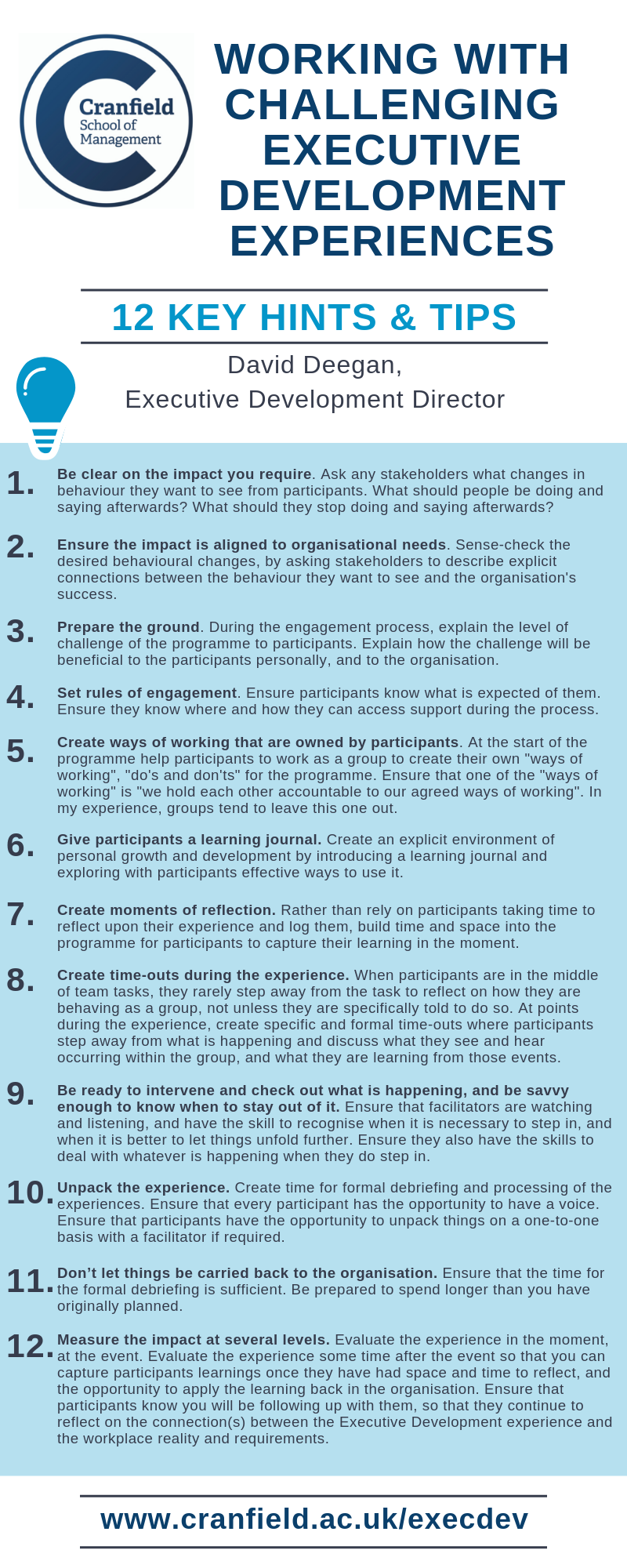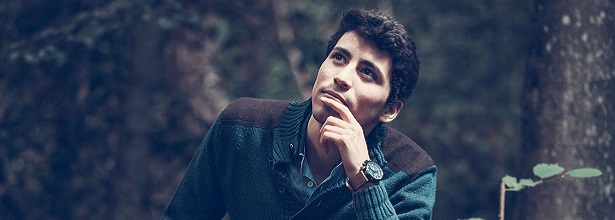A previous company I worked for used an evaluation sheet which asked participants to grade elements of the development programmes from 1 to 10.
They included things like “Quality of materials”, “Quality of facilitator”, “Quality of venue” etc. They also included “Level of Enjoyment” and on one programme I ran a participant once gave me a very intriguing piece of feedback. They had graded every element either a 9 or a 10. Great feedback to receive! But they graded “Level of Enjoyment” as a 2. However, they had helpfully given a constructive comment alongside it. They had written “I don’t think I was supposed to enjoy this course!” and put a smiley face alongside it.
This for me was great feedback, not only because it was honest and clear, but because it also told me far more about the experience than any number between 1 and 10 ever could. It told me that the participant had recognised that the development programme had been challenging, and more than that, had recognised that being challenged was an important part of personal development.
During the last 25 years that I have worked within the field of “development” I have thought a lot about the connections between ‘enjoyment’ and ‘challenge’ in relation to impactful executive development.
I have noticed that there is an assumption is that learning is always positive. It doesn’t matter if people enjoy the development experience, as long as they learn something that is all that matters. No pain, no gain!
Learning is connected to change. There can be an assumption that change in an organisation will be difficult and painful, and that the learning from the development experience will be used to lead the change in the organisation. And the extrapolation of that assumption is that if the organisation is going to go through a difficult experience as it changes, then it is perfectly okay (or indeed necessary) for participants on a development experience to find it difficult and painful.
Participants should indeed have a vision about how they, their team, their organisation might use that learning to change – and that change might be painful – and therefore participants having an understanding of that context is crucial. But that does not mean we MUST create a development experience that is painful.
The assumption that all learning, painful or not, is positive is only true if the development experience is crafted in such a way as to produce a creative and/or dynamic tension. If the development experience is painful, but has not been carefully crafted to engender thatcreative/dynamic tension it can be very destructive.
Sometimes, development experiences which are painful can turn into “Rites of Passage” or Badges of Honour”. People who have been on particular programmes return to the organisation talking about how they “survived”, or “coped with the pressure”. The programmes develop a life and legend of their own. Conversations around “How long into the night did YOU work to create the Director’s Presentation?” and “So how many people on YOUR module 2 ended up crying?” The shared vocabulary and common experiences creates connection and conversation. And that level of connection can lead them to be viewed as bonding, unifying experiences, crucial for a particular section of the workforce.
The assumption that a painful learning experience is bonding and unifying, and crucial for a particular section of the workforce, is only true if it is carefully prepared, managed, and then unpacked. People have to understand that there will be challenge, and why there will be challenge. During the process, people need to have access to support so that the level of challenge does not push them too far outside their comfort zone. After the process people need to have time to process the experience and place the learning into context.
Above all, when crafting an Executive Development experience, the organisation needs to be very clear on the impact they want it to have. They need to articulate the changes they want to see in their leaders as a result of the development. They need to check that the design of the programme, including the level of challenge and potential discomfort, will actually lead to the changes they want to see as a result. In short, the programme needs to be designed with impact in mind. If there is no clear connection between the design of the programme and the impact required, then no matter how exciting, interesting or entertaining the programme sounds, it is likely to be ineffective, or even worse, destructive.
Here at Cranfield, we design all our Executive Development programmes with impact in mind. Once designed, we also deliver them mindfully so that we create the right level of challenge. We also evaluate them in greater depth than just “level of enjoyment”, so that we can ensure the programme has created the desired impact.
Here are 12 key hints and tips when working with challenging Executive Development experiences:

Read more:




